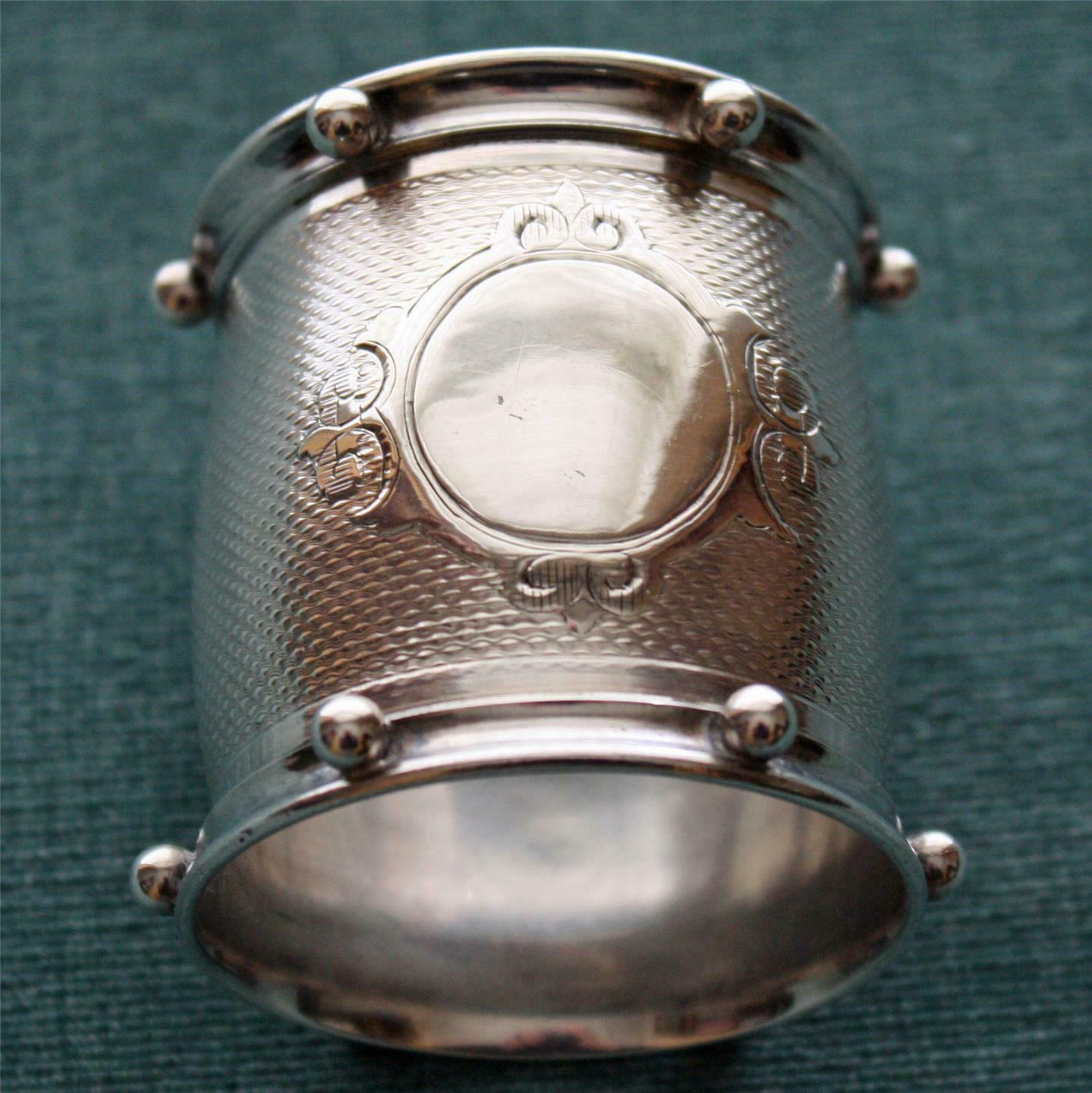-40%
COLOSSAL GEORGE C. HOWE ANTEBELLUM 9" COIN-SILVER SERVING SPOONS SET OF 3
$ 100.29
- Description
- Size Guide
Description
Colossal George C. Howe Antebellum Coin-Silver Serving Spoons Set of 3George C. Howe is recorded as working as George C. Howe & Co., Silversmiths, in New York City circa 1830 - 1840.
These THREE heavy nine-inch serving pieces are free of unusual wear or damage and are beautifully patinated. Their graceful, slightly pointed bowls are without wear or roll, and aside from a shallow dimple in one there are no dings
o
r undue scratches, breaks or repairs. Each straight, turned-down handle has a short back mid-rib and broad drop, and each is monogrammed "CJB" in flowing period script. The maker's hallmark, GEO.C.HOWE&CO in a rectangular punch with pseudomarks, is on the handle's reverse. Please refer to detail photos which accompany this listing.
LENGTH: 9 inches each
COMBINED WEIGHT: 6.05 ounces for set of three
Includes FREE shipping, handling, and insurance within the 48 continental U.S.
------------------------------------------
For the typical American newlywed, sterling silver is the obvious choice. Many attractive designs are current, widely available, and able to be specified on department store bridal registries and such (albeit at significant markups!). There's nothing wrong with sterling: it's been the standard for many years and for good reason! We ourselves maintain a wide array of sterling pieces for our own use. We love sterling silver!
But
for many serious collectors, coin silver is where the fun is. Why? First of all, history. Coin silver is much older than sterling, and its value as antiques and as an art form supersedes its value as precious metal. Secondly, the makers of coin silver comprise a fascinating field of study in their own right. These Early-American silversmiths trace the pattern of colonial times and the birth and growth of the young nation. Their names, hallmarks, and most of all their artistic development provide real substance and interest to the serious student of antique silver. No mass-produced "Gorham" or "Reed & Barton" here... rather names like Boston's John Hull (1624-1683), Samuel Vernon (1683-1737), Paul Revere (1734-1818), Henry Evans (early 1800s) and Benjamin Cleveland (1767-1837; Newark’s first silversmith and the grandfather of President Grover Cleveland)..
There's more, much more: coin silver pieces are typically
massive
. It's especially instructive to examine the evolution of a particular pattern from one of America's oldest silversmiths such as Samuel Kirk & Sons' Repoussé and Mayflower forms such as the shafts of spoons and forks which were originally solid, bulky and convex were later flimsy and concave to save metal costs.
Typically, the older the piece, the more silver there is in it. That's another reason antique collectors prefer coin silver. Pieces like these are sturdy enough to last forever.













